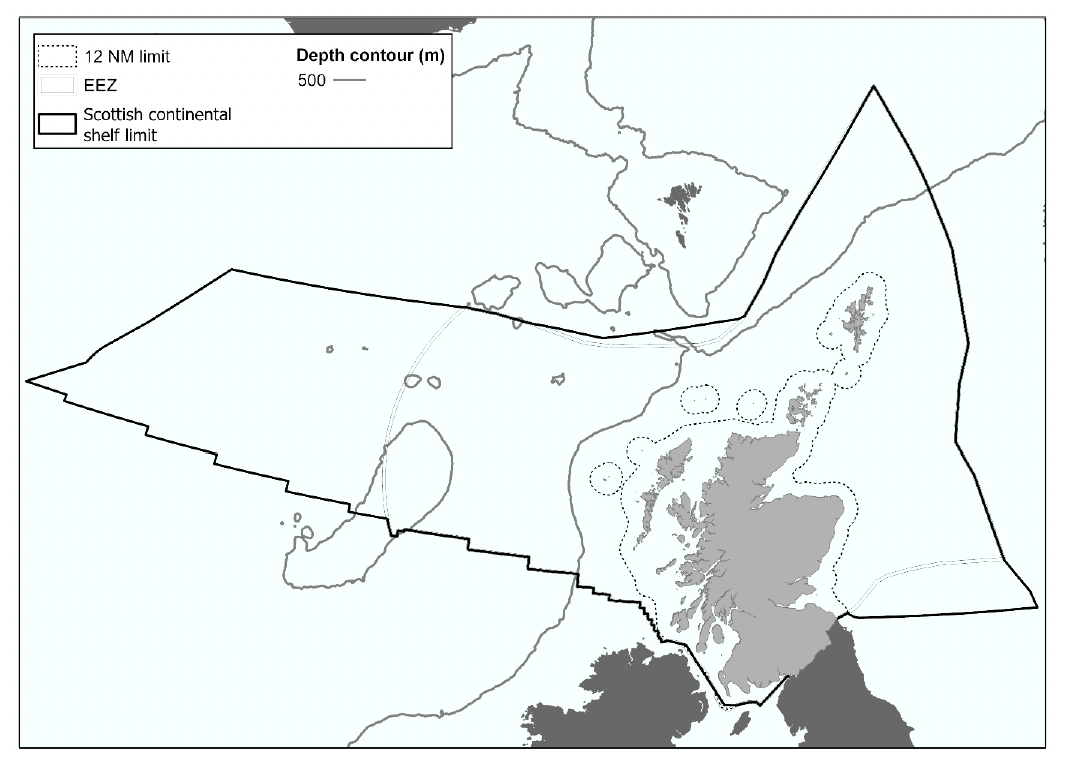Scottish seabird conservation action plan: vulnerability report
Details the process undertaken to determine the key pressures acting on seabirds whilst at Scottish seas and at breeding colonies and used to inform the development of the Scottish seabird conservation action plan.
Introduction
The Scottish Seabird Vulnerability Report describes the process undertaken to identify the key pressures acting on seabirds in Scottish waters and at coastal breeding colonies. It also provides a high-level evaluation of the measures already in place to combat these pressures and identifies gaps and opportunities for action, where more can be done. The Scottish Seabird Vulnerability Report provides the basis for the development of the Scottish Seabird Conservation Action Plan (herein referred to as the “Seabird CAP”) which sets out our vision for Scotland’s seabird colonies to 2045, working in collaboration to deliver action where our seabird conservation efforts are most needed and can be most effective.
Vulnerability assessments were conducted for twenty-two species of seabird regularly occurring in relatively high numbers in Scottish waters during the breeding and/or nonbreeding seasons (Table 1). Vulnerability is considered to be a combination of the sensitivity of a species to a particular pressure with the level of potential interaction (exposure) the species has to that pressure.
Species sensitivity assessments conducted by Rogerson et al. (2021) were used to provide the basis for the sensitivity assessments. All species-pressure combinations with a high or medium sensitivity score were then assessed to determine the degree to which each species is exposed to these pressures whilst in Scottish waters. The geographic area covered by the exposure assessments included all Scottish waters, out to the limit of the continental shelf (Figure 1). The sensitivity and exposure assessments were then combined to provide an overall vulnerability score for each species-pressure combination.
All pressures that resulted in a high or medium vulnerability score for any seabird species, and where there is supporting evidence demonstrating impacts, were identified as the main pressures that should be considered when prioritising seabird conservation actions in Scotland.
To gauge the extent to which these main pressures are already being addressed a review of current measures was conducted by a working group[1] with expert judgment used to highlight where progress was underway to deliver action that would be beneficial to seabirds, and where more could be done through the identification of gaps. A stakeholder workshop in February 2020 also provided an opportunity for gaps and conservation actions to be highlighted.
| Common name | Scientific name |
|---|---|
| Northern fulmar | Fulmarus glacialis |
| European storm-petrel | Hydrobates pelagicus |
| Leach’s storm-petrel | Oceanodroma leucorhoa |
| Arctic skua | Stercorarius arcticus |
| Great skua | Stercorarius skua |
| Black-legged kittiwake | Rissa tridactyla |
| Little gull | Hydrocoloeus minutus |
| Lesser black-backed gull | Larus fuscus |
| Herring gull | Larus argentatus |
| Great black-backed gull | Larus marinus |
| Little tern | Sternula albifrons |
| Sandwich tern | Sterna sandvicensis |
| Common tern | Sterna hirundo |
| Arctic tern | Sterna paradisaea |
| Manx shearwater | Puffinus puffinus |
| Northern gannet | Morus bassanus |
| European shag | Gulosus aristotelis |
| Great cormorant | Phalacrocorax carbo |
| Atlantic puffin | Fratercula arctica |
| Black guillemot | Cepphus grille |
| Common guillemot | Uria aalge |
| Razorbill | Alca torda |


Figure 2: Diagram of the process used to identify how an activity results in a pressure, and how this affects a species. There are three steps involved, the first is the species sensitivity to pressure, the second is their exposure to that pressure and these two steps together give us a species vulnerability score. If this score is low then no further action is taken. If this score is medium or high then current measures will be reviewed, if appropriate actions are already in place then again no further action will be taken, however, if more can be done then priority actions to maximise seabird recovery will be identified.
Contact
Email: marine_species@gov.scot
There is a problem
Thanks for your feedback